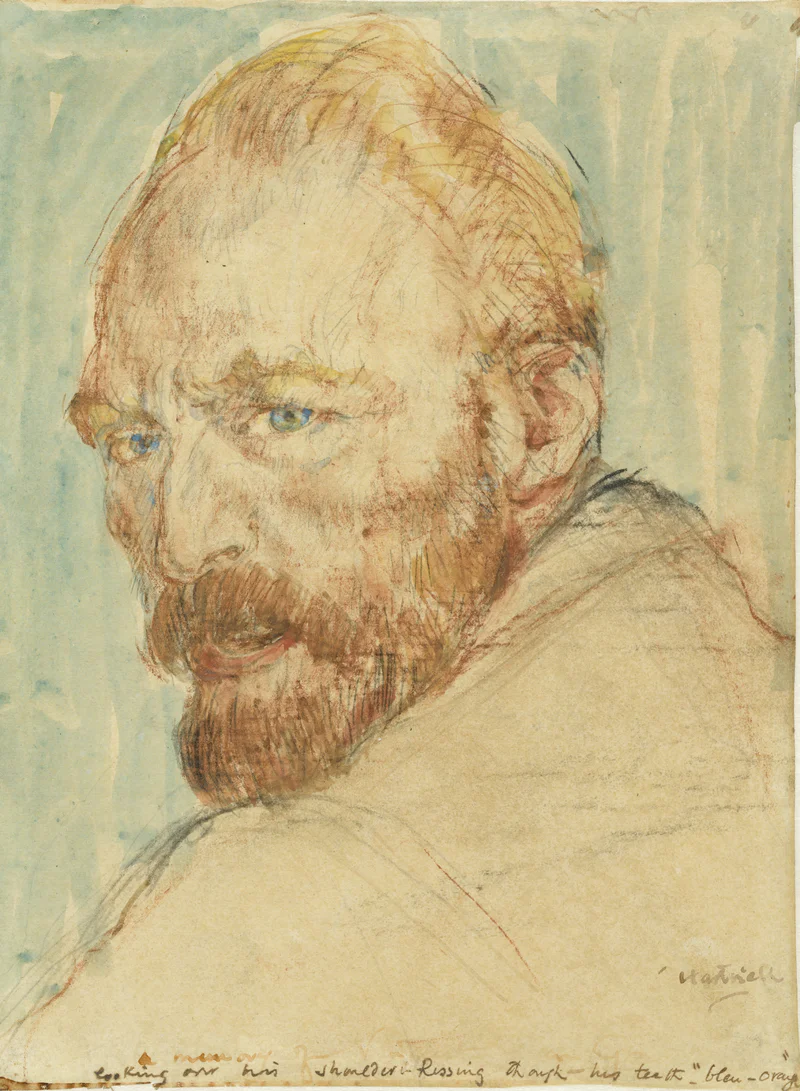
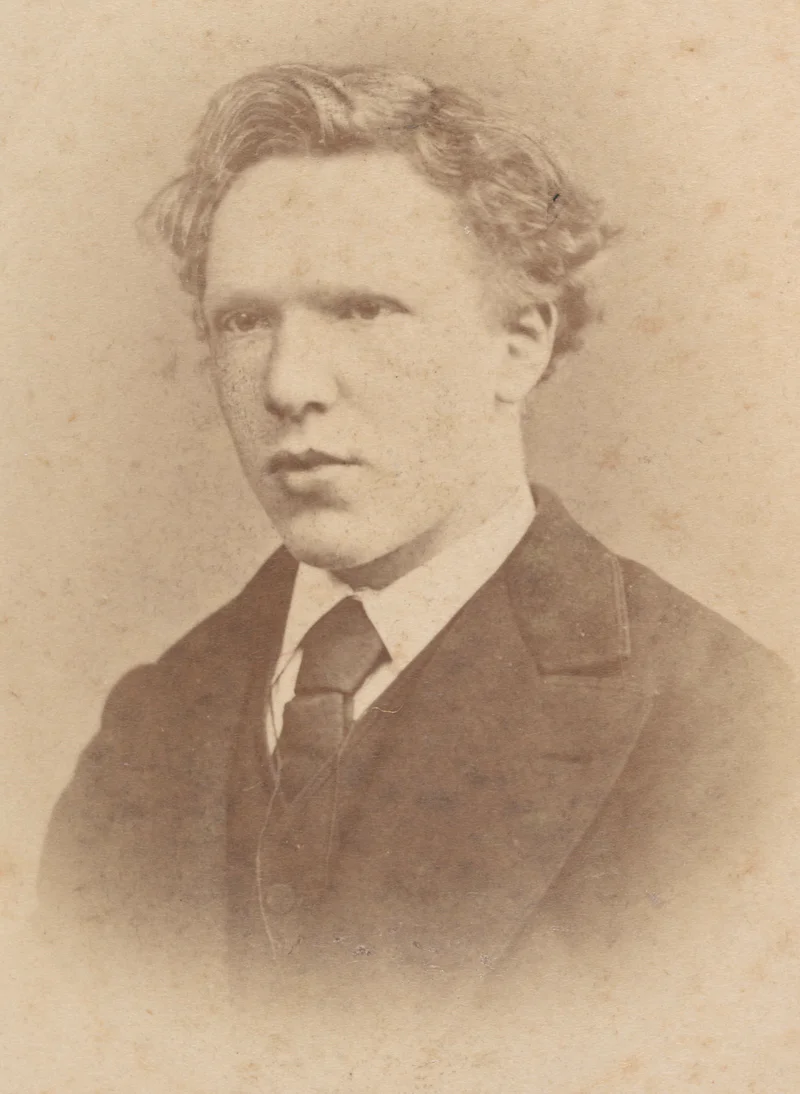
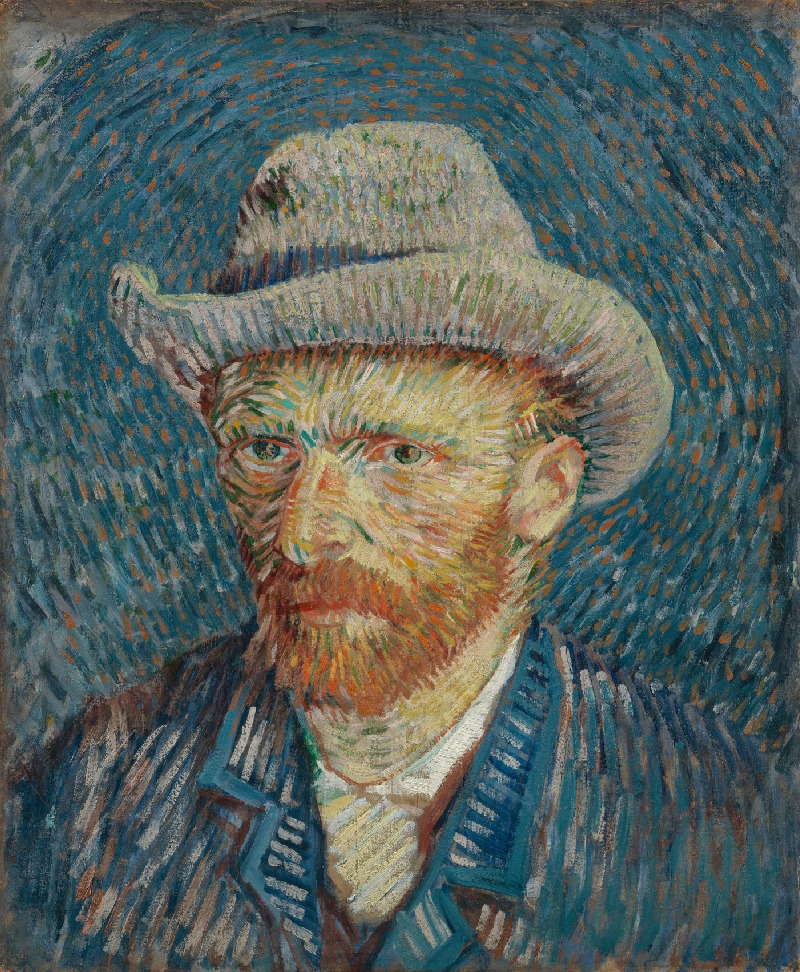
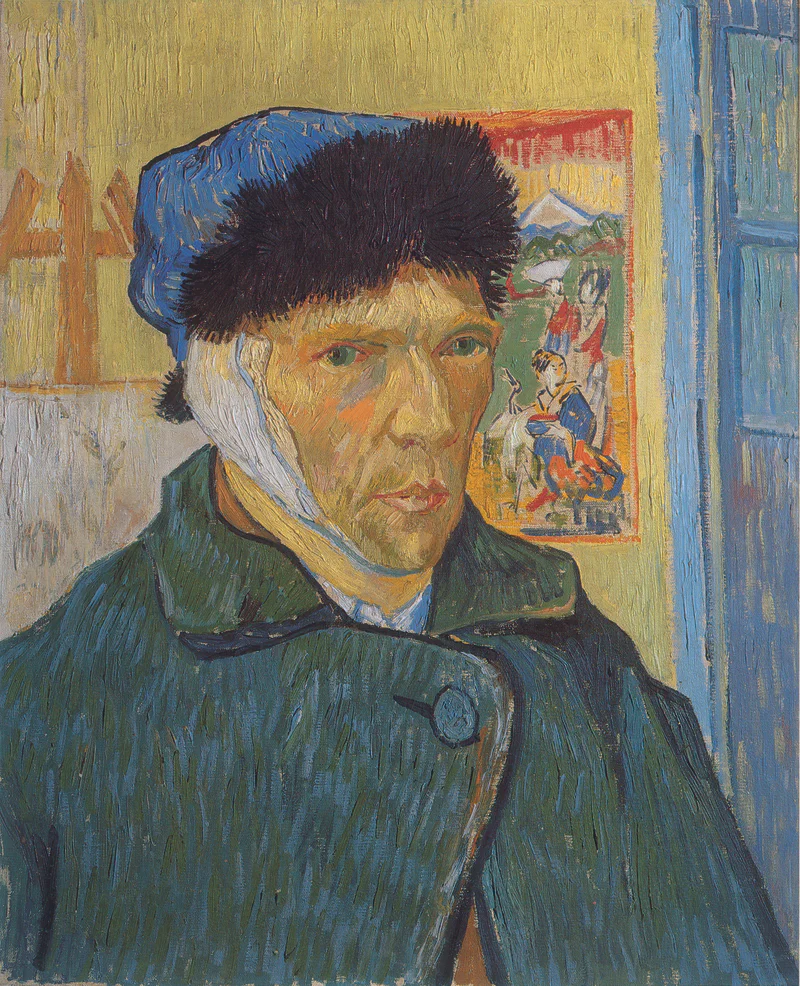
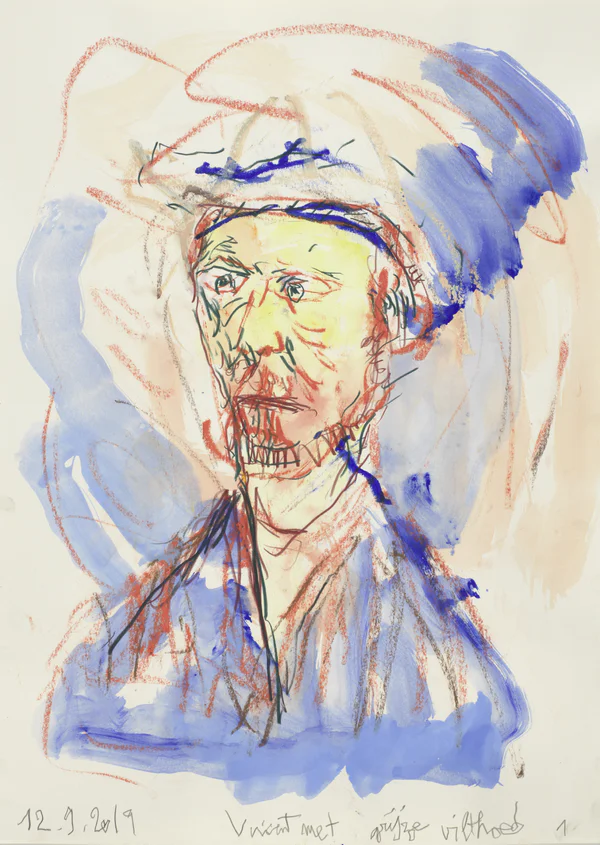
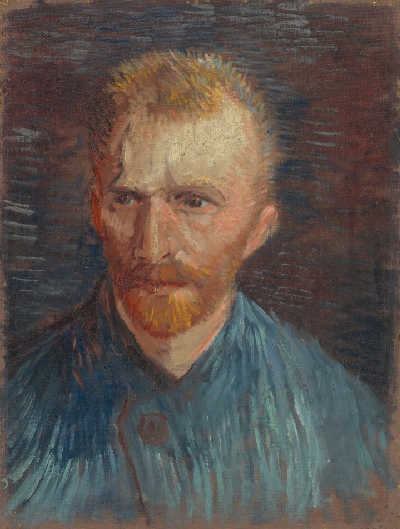
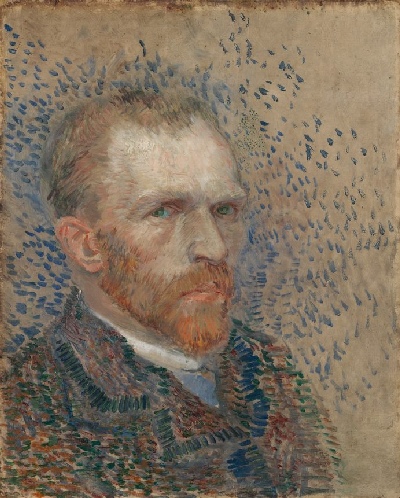
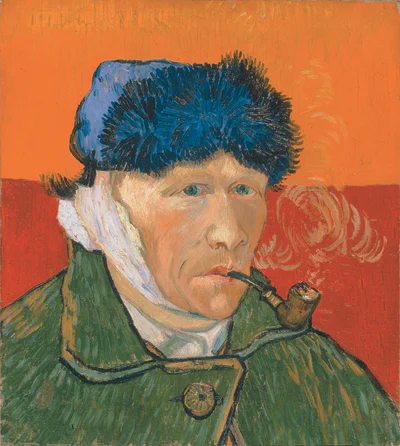








Most of the self-portraits painted by Vincent van Gogh were because of practical and personal reasons. He was short on funds and found it expensive to pay for models, hence using himself as a model. This also meant that he could practice and exercise his different techniques without engaging a model. His self-portraits also serve as an inquiry into his identity and inner feelings. Van Gogh often suffered under his mental health problems, and these paintings were one way of showing his psyche. The portraits offer a visual diary of his evolving mood and self-awareness. This also gave him the possibility to experiment with color, brushwork, and different artistic styles. His isolation played a role in that his self-portraits were a substitute for human interaction. Further, these paintings also enabled him to express the turmoil in his mind and his search for self-understanding. Ultimately, his self-portraits are a combination of necessity, reflection, and artistic exploration.